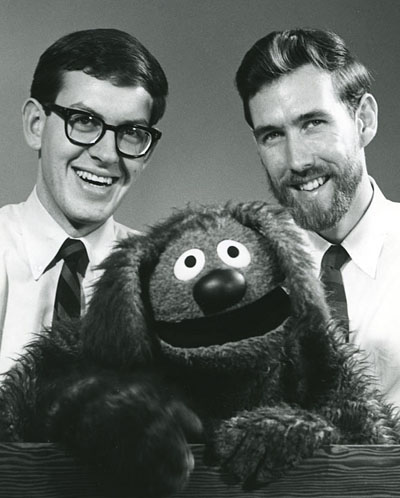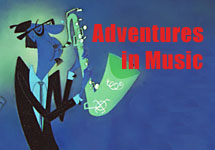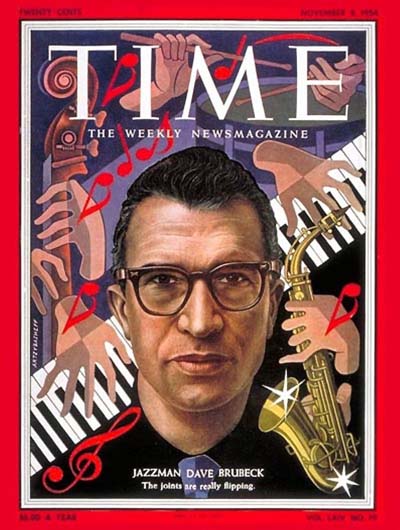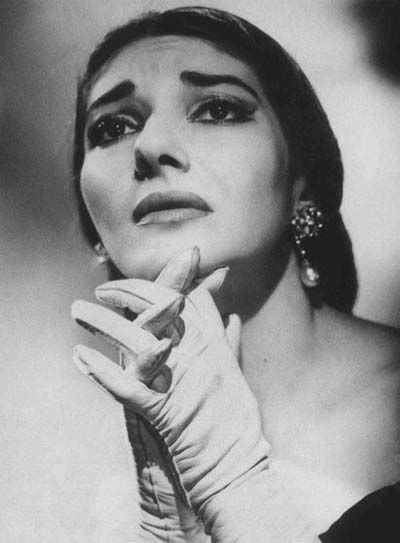
Frank Oz and Jim Henson with Rowlf
Music isn’t intended to be kept to yourself. You have to share it. I love chatting about music with my friends and getting excited about new discoveries. It’s a lot of fun. It’s clear that the folks in this clip feel the same way.
Jimmy Dean and Jim Henson’s Rowlf, “You Are My Sunshine”
I mentioned before how upset I was to find out that “The Jimmy Dean Show” DVDs were out of print. It was a really important show- the first country-western music show in prime time. But it was also the first nationwide TV series to feature Jim Henson’s Muppets.
This clip is brilliant. Henson is a drop-dead genius. Since he passed away, the spark of life and vivid spontaneity of the Muppets’ performances have faded away with him. The characters all seem to be lip syncing to a prerecorded track now. But it wasn’t always that way. Look at the brilliant feeling of ad-lib and give and take between Rowlf and Jimmy Dean in this clip. Also, keep in mind that the puppet is operated by two people- Henson operates the mouth and one hand and his wife operates the other hand. The complexity of co-ordinating that sort of co-operative performance is totally erased by the vivid performance. Animators can learn a lot from puppeteers when it comes to creating a living, breathing character.
The best way to learn about music is to hang out with people who know more about it than you do. A lot of my best friends are musicians and I’m constantly learning new things from them. Music sure is fun, isn’t it?
Stephen Worth
Director
Animation Resources
This posting is part of a series of articles comprising an online exhibit entitled Adventures in Music.































